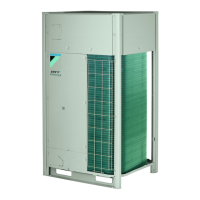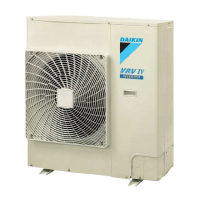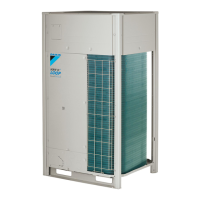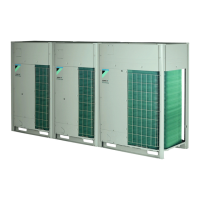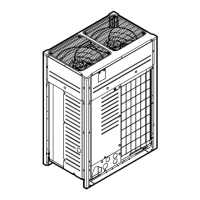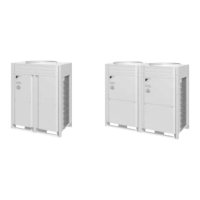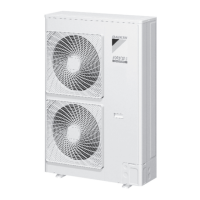What to do if my Daikin VRV IV Heat Pump has low pressure malfunction?
- LlrossAug 13, 2025
If your Daikin Heat Pump shows a low pressure malfunction, you should: * Open stop valves. * Check refrigerant amount and recharge unit. Additionally, consider that a refrigerant shortage or an indoor unit malfunction could be the cause. In the latter case, check the user interface's display or the transmission wiring between the outdoor and indoor units.
